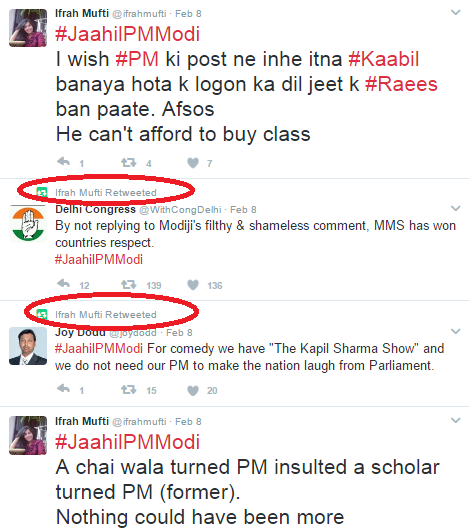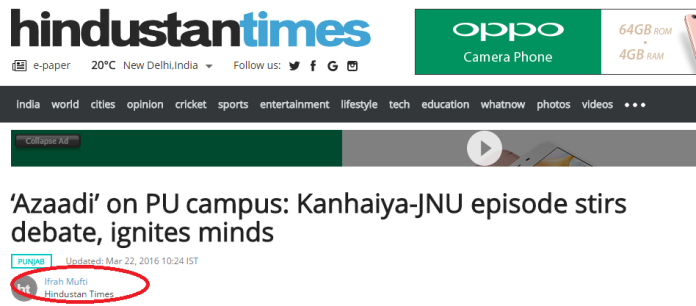Many of us are familiar with Homer’s epic Odyssey, the sequel to the blind bard’s martial yarn Iliad. Odyssey is the story of how Odysseus, one of the many heroes who fought in the ten-year long Trojan war, finds his way back to Ithaca, the city-state he ruled, after the defeat and fall of Troy. Odysseus’s journey home lasts as long as the war itself, because on the way he is kidnapped by the nymph Calypso. The beauteous Calypso is so besotted with the hero that she absolutely must have him as her husband. Odysseus, however, is already married to Penelope. He is not interested in wedding the nymph. The upset Calypso, thus, imprisons Odysseus on her island Ogygia hoping that one day she will manage to persuade the brave Ithacan to change his mind. It was awfully hard to escape from Calypso’s island. Odysseus, being the hero he was, did, in the end, manage to escape, but not before languishing on it for seven long years.
Why was it so difficult to escape from Ogygia– the island of Calypso? It was, because Ogygia did not exist in time and space, it lay in the world and yet did not quite lie in it. This might be rather hard to fathom for the readers, but one must understand that this is an instance of the richness of ancient poetic imagination. Ogygia, it suffices to assume, was a ghostly, phantom place. Its ghostliness detached it from the world and, of course, one cannot escape a place which is in no manner connected to another place. Plainly put, no means of communication existed between Ogygia and the rest of the world.
My beloved alma mater, JNU, is an academic and political island in the heart of South Delhi. It too, in its turn, harbors an island within its own bounds – a mental Ogygia inhabited by hundreds of Odysseuses. However, they differ from the Ithacan warrior on one crucial count. Odysseus was deeply unhappy dwelling on the island of Calypso. These hundreds of Odysseuses, on the other hand, are gloriously glad inhabiting their own Ogygia.
They are glad because they have had their hearts taken by certain enchanting spectral nymphs that haunt their phantom island – ‘radicalism’ and ‘revolution’. They adore them with their speech all their waking hours and always imagine themselves doing their bidding. Apparently, when they bully mild, decent folks such as Professor Makarand Paranjape, it is only because they are bidden to do so by these nymphs. The ladyloves of these Odysseuses are exacting. They demanded that they bar the way of a mild-mannered academic in order to effectively protest the latest UGC guidelines on MPhil and PhD admissions. That is at least the explanation our Odysseuses provided.
Jokes apart, what exactly do ‘radicalism’ and ‘revolution’ entail and are our doughty heroes actually serving their ends? I looked up the online Merriam-Webster and found that it explains ‘radical’ thus – it is an individual ‘very different from the usual or traditional’ and ‘favoring extreme changes in existing views, habits, conditions, or institutions’. On the basis of this definition, we suppose, ‘radicalism’ must mean being firmly, and consistently ‘non-traditional’ and furthering ‘extreme changes’ in the existing state of affairs. Let us now turn to ‘revolution’. The Merriam-Webster assigns to ‘revolution’ a closely allied meaning. It is ‘a sudden, radical, or complete change’. To what extent are our heroes inhabiting the genuine ‘radical’ state and furthering the ‘revolutionary’ end?
Let us first look at the ‘existing state of affairs’ on the campus they inhabit and how our heroes stand in relation to those. A significant component of the state of affairs in JNU are the security guards and the hostel cooks. The former maintain order on the campus and the latter feed the revolutionaries inhabiting it. They also happen to be some of the most overworked and underpaid people you might meet anywhere. It is rather common for the JNU security guards to do twelve or thirteen hour shifts. It is also rather common for them to work seven days a week. It is common too for them to not receive the salary that is entered against their names on the payroll. They could be paid an amount ten to twenty percent less. Recently, they went on strike for a couple of days to protest against their work conditions and demanding the bonus that had been promised to them but not paid. Many cooks fare no better. A lot of them are not directly hired by the university. They are, instead, supplied by private contractors. They are paid a pittance and, like the guards, work extremely long hours for days on end. There are another lot on the campus who have to bear with somewhat rough circumstances – the construction workers. For many years now, new disciplinary schools and centers are being constructed in JNU and that has made construction workers a permanent presence on its campus. These construction workers too frequently do not receive the minimum wage from the contractors who hire them. They also live in rather atrocious conditions- in polythene and cardboard shacks- right before the eyes of our revolutionaries. Their children do not go to school, they are also malnourished. The students who barred the way of Professor Paranjape were passionate about ‘social justice’, but, curiously, the above lots of people do not seem to figure on their mental radar at all. Whatever their idea of social justice is, it does not seem to have room for the JNU guards, cooks and construction workers. So, they are not, after all, furthering an ‘extreme change’ in the prevalent state of affairs. Not on the campus at least.
What about the great, wide world that sprawls outside the campus? To what extent are our ‘radicals’ and ‘revolutionaries’ connected with it and changing the state of affairs in it? Well, right outside the imposing walls of JNU is a warren of dark, damp lanes and by lanes– Munirka Village. Once again, we find that our Ogygia dwellers are wholly unconcerned with the state of affairs prevailing there when they really ought to be, because of one significant reason. Many nooks and crannies of Munirka Village are quite unsafe indeed for women. Many readers might remember the horrific rape of ‘Nirbhaya’ that occurred in December 2012. She was abducted by her assailants from the Munirka bus stop. A very visible proportion of the JNU ‘radicals’ and ‘revolutionaries’ are women scholars and each one them, to my knowledge, identify themselves as feminists. None of them have ever hit the streets demanding that Munirka Village be better policed and lit. Yes, they did bring out that token march when the Nirbhaya episode occurred. But that is about it. Generally, they restrict themselves to theoretically bemoaning patriarchy in JNU’s Center for Women’s Studies. Apparently, their feminism does not extend to their sisters who are incapable of ‘cultural deconstruction’ in a ‘post-modern’ language.
In pure Marxist terms, the JNU Ogygia dwellers are incapable of the ‘philosophy of praxis’. Leszek Kolakowski, the author of a monumental three volume history of Marxism, explains the philosophy of praxis as the idea that criticism should ‘cease to be mere thinking’ and become ‘part of human life’ so that it leads to worthwhile action. Beliefs and criticism must not be detached, ‘sovereign’, otherwise there will be a ‘rift between the individual mind and its surroundings, between thought and the world of men.’ Such a rift is not desirable, it breeds delusion. The revolution makers of JNU are delusional because they are unaware of vast swathes of social reality that surrounds them. Their critique is largely useless, because it is incapable of being a part of human life. Definitely not the lives of the overworked guards and cooks that protect and feed them.
It was not always so. Ten years ago, the students of JNU had shut the university down demanding that the construction workers employed on the campus be given the minimum wage. Since then the campus has changed its political complexion enormously. It has been taken over by fringe left groups like the Democratic Students’ Union and Democratic Students’ Federation (Umar Khalid belongs to the former). This left is obsessed with the politics of the spectacular and always seeks to create spectacles. The latest spectacle they created was making a gentle middle aged man genuflect at their feet. They are dwellers of a mental Ogygia disconnected from all that is real. They suffer from delusions which emerge from their incapacity for the ‘philosophy of praxis’. I hope against hope that their delusions do not take all JNU under their spell. If that happens all JNU will be an Ogygia, the island of Calypso.





























